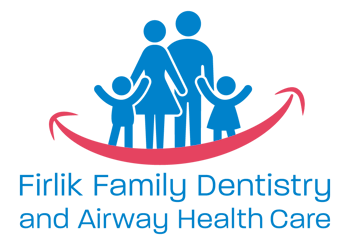If you’ve ever experienced jaw pain, clicking when you chew, or headaches that seem to start near your ears, you’ve probably come across the terms TMJ and TMD. While often used interchangeably, they don’t mean the same thing. Understanding the difference can help you better recognize symptoms and seek the proper treatment.
What Is TMJ?
TMJ stands for temporomandibular joint. The hinge connects your lower jaw (mandible) to your skull, just in front of each ear. You use your TMJ every time you speak, chew, or yawn. It’s one of the most complex joints in the body, capable of moving up and down, side to side, and forward and back.
In short, TMJ is the joint itself, not the problem.
What Is TMD?
TMD stands for temporomandibular joint disorder (or dysfunction). It refers to any issue that affects the normal function of the TMJ. TMD can cause discomfort or pain in the jaw joint and surrounding muscles, and often includes symptoms such as:
- Clicking, popping, or grinding sounds in the jaw
- Jaw pain or stiffness
- Headaches or migraines
- Earaches or a feeling of fullness in the ears
- Difficulty opening the mouth fully
- Locking of the jaw
- Facial tenderness
So, TMD is the condition or disorder, and TMJ is the joint being affected.
Why the Terms Get Confused
Many people refer to jaw pain simply as “TMJ,” which is technically incorrect. It’s become common slang to say, “I have TMJ,” when what they really mean is, “I have TMD.” But now that you know the difference, you can use the correct term and better understand what’s happening.
What Causes TMD?
There are several reasons someone may develop TMD, including:
- Jaw clenching or teeth grinding (bruxism)
- Misaligned bite or uneven teeth
- Injury or trauma to the jaw
- Arthritis in the joint
- Stress (which can lead to muscle tension and jaw clenching)
How Is TMD Diagnosed and Treated?
If you’re experiencing symptoms of TMD, your dentist is often the first person to evaluate and diagnose the issue. At Firlik Family Dentistry and Airway Health Care, we look at how your jaw moves, assess muscle tenderness, and may use imaging if needed.
Treatment options may include:
- Custom nightguards or bite splints
- Stress management and lifestyle changes
- Bite adjustments
- Physical therapy or jaw exercises
- Coordination with specialists if needed (ENT, physical therapist, oral surgeon)
Don’t Ignore Jaw Pain
TMD can affect your ability to eat, speak, and sleep comfortably. The good news is that most cases can be treated successfully with conservative, non-invasive care. If you’re noticing jaw pain or clicking, or suspect you may be grinding your teeth at night, schedule an evaluation to get answers and relief.
